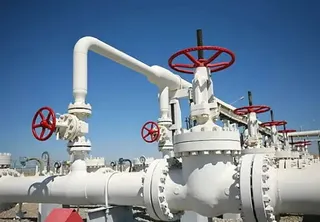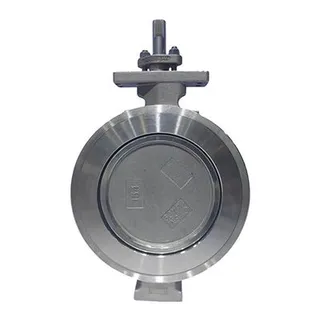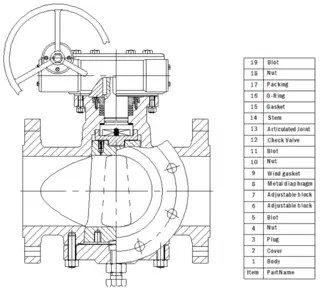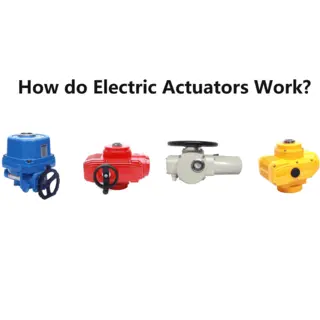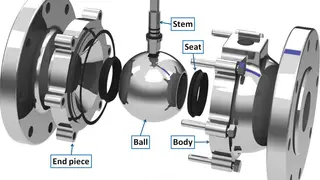How Fire Sprinkler Systems Work?
You've probably seen a number of movies where a small amount of smoke triggers all of the sprinklers in a building, soaking everyone and everything inside. But did you know that sprinklers aren't even triggered by smoke, and they don't all go off at once? Fire sprinkler systems are actually heat activated, one sprinkler head at a time, and most fires usually require only one or two sprinklers to be extinguished. These are just two of the many misconceptions about fire sprinkler systems. In this article, we'll dispel other myths and learn the ins and outs of this important safety technology.
-320x213.webp)
You might think installing a fire sprinkler system is like choosing water damage over fire damage. This belief is a spinoff from the myths we just mentioned -- that sprinklers are activated by smoke and every sprinkler head goes off at the same time. If that were the case, sprinkler systems could potentially cause more harm than good. After all, if you burned a piece of toast, every sprinkler would go off, soaking all of your belongings, even though there never was any real danger of fire. Fortunately, the clever engineers who developed these systems designed them to reduce the damage to your property from water, smoke and fire.
Fire sprinkler systems have been around for more than two centuries and have seen significant improvements over the years. It's true that early versions weren't very reliable and caused significant water damage. But today, sprinkler systems are credited with reducing deaths and loss of property by more than 65 percent. Since each sprinkler head is automatically triggered by fire-specific temperature, just one or two sprinklers can quickly extinguish and/or contain a fire to the room where it started and cause little property damage. And because sprinklers use about six times less water than a fire hose, they're actually less harmful to your property than a visit from the fire department.

Still convinced you know everything you need to know about fire sprinklers?
You've heard about the importance of a properly maintained smoke detector. You've probably also heard the annoying beeping noise it makes when it needs some attention. Have you also heard that a smoke detector is all you need for fire protection? If so, you've heard another one of the most common myths regarding fire sprinkler systems: We don't need them if we have a smoke detector. Some even believe that smoke detectors can put out fires. They cannot. Smoke detectors are designed to alert us to a potential fire, and in cases where they're hooked up to an alarm system, alert the fire department. They're an important part of a fire prevention system, as are fire sprinklers. The presence of one does not cancel out the need for the other. They work together to save life and property from fire.
When a fire starts, the resulting smoke will eventually set off a smoke detector alerting residents to danger. This process can be quite slow depending on where the smoke detector is located. Meanwhile, the fire is growing. Alerting residents to the presence of fire is important. But, so is putting the fire out. When a fire starts, it quickly heats the air directly above it. This air rises and is pushed out to either side when it hits the ceiling. As this hot air reaches a sprinkler head, that sprinkler head is activated.
-320x213.webp)
You might think installing a fire sprinkler system is like choosing water damage over fire damage. This belief is a spinoff from the myths we just mentioned -- that sprinklers are activated by smoke and every sprinkler head goes off at the same time. If that were the case, sprinkler systems could potentially cause more harm than good. After all, if you burned a piece of toast, every sprinkler would go off, soaking all of your belongings, even though there never was any real danger of fire. Fortunately, the clever engineers who developed these systems designed them to reduce the damage to your property from water, smoke and fire.
Fire sprinkler systems have been around for more than two centuries and have seen significant improvements over the years. It's true that early versions weren't very reliable and caused significant water damage. But today, sprinkler systems are credited with reducing deaths and loss of property by more than 65 percent. Since each sprinkler head is automatically triggered by fire-specific temperature, just one or two sprinklers can quickly extinguish and/or contain a fire to the room where it started and cause little property damage. And because sprinklers use about six times less water than a fire hose, they're actually less harmful to your property than a visit from the fire department.

Still convinced you know everything you need to know about fire sprinklers?
You've heard about the importance of a properly maintained smoke detector. You've probably also heard the annoying beeping noise it makes when it needs some attention. Have you also heard that a smoke detector is all you need for fire protection? If so, you've heard another one of the most common myths regarding fire sprinkler systems: We don't need them if we have a smoke detector. Some even believe that smoke detectors can put out fires. They cannot. Smoke detectors are designed to alert us to a potential fire, and in cases where they're hooked up to an alarm system, alert the fire department. They're an important part of a fire prevention system, as are fire sprinklers. The presence of one does not cancel out the need for the other. They work together to save life and property from fire.
When a fire starts, the resulting smoke will eventually set off a smoke detector alerting residents to danger. This process can be quite slow depending on where the smoke detector is located. Meanwhile, the fire is growing. Alerting residents to the presence of fire is important. But, so is putting the fire out. When a fire starts, it quickly heats the air directly above it. This air rises and is pushed out to either side when it hits the ceiling. As this hot air reaches a sprinkler head, that sprinkler head is activated.
Reprint from howstuffworks
Send your message to this supplier
Related Articles from the Supplier
How Fire Sprinkler Systems Work?
- Nov 04, 2016
How to become a government full-time firefighters
- Nov 10, 2015
Fire Life safe equipment Home fire sprinkler
- Oct 29, 2016
Fire Water Monitor
- Nov 10, 2015
National Fire Safety Week and awareness
- Oct 25, 2016
Related Articles from China Manufacturers
How Pneumatic Control Systems Work?
- Jul 02, 2024
How Control Valves Work?
- Jun 07, 2024
How Does a High Performance Butterfly Valve Work
- Dec 14, 2024
How Does an Eccentric Plug Valve Work?
- Oct 26, 2024
How do Electric Actuators Work?
- Jun 26, 2024
How Does a Globe Control Valve Work?
- Jun 15, 2024
How do cryogenic valves work?
- Nov 01, 2019
How does a Ball Valve Work?
- Jun 23, 2019


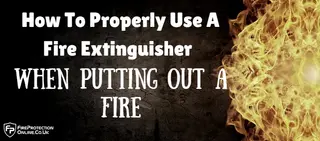
-320x139.webp)


